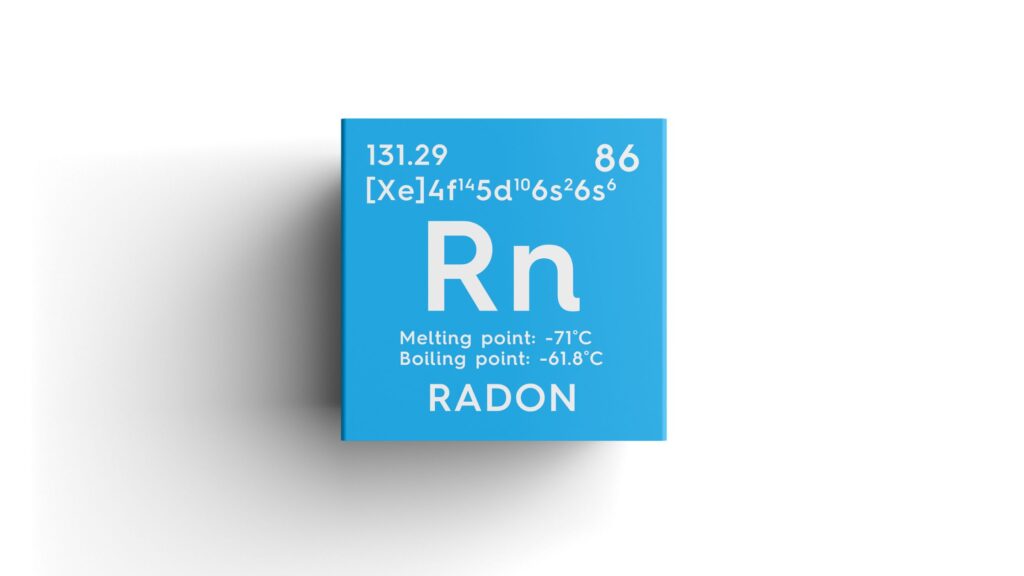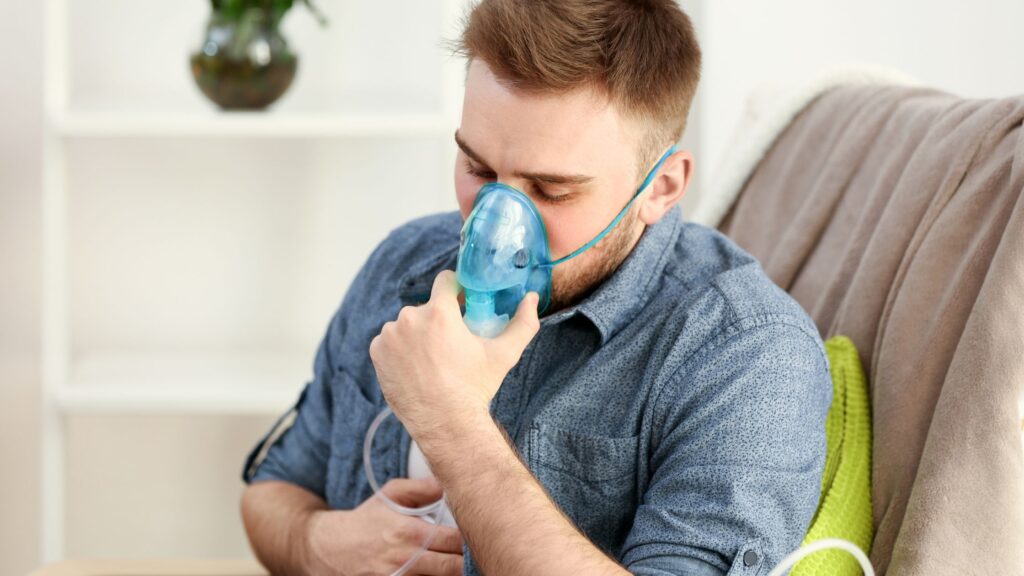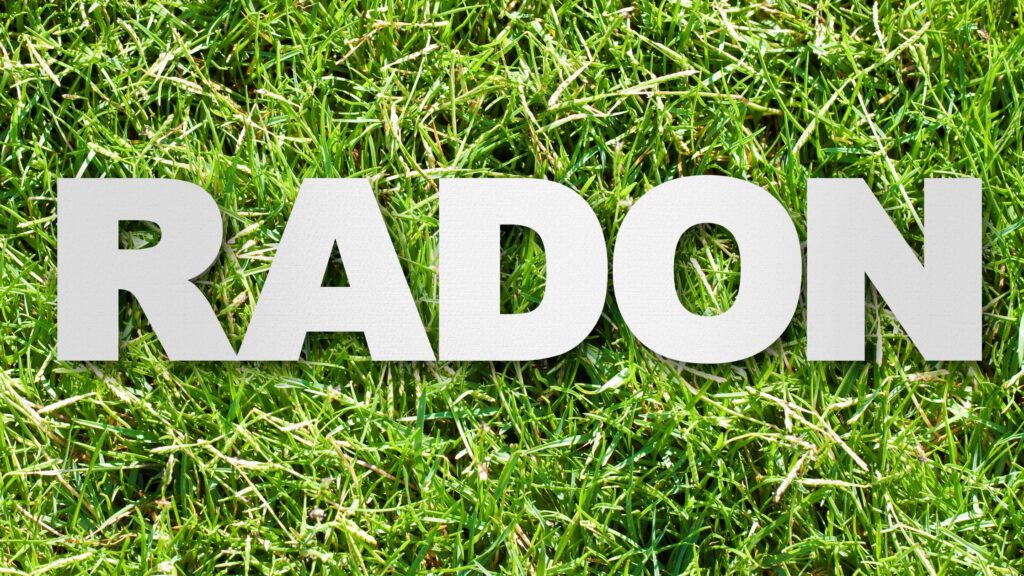Radon exposure is a serious yet often overlooked threat. Across the United States, radon—a naturally occurring radioactive gas—creeps into homes silently. You can’t see it, smell it, or taste it, but its health impacts are well documented. In fact, radon is the second leading cause of lung cancer, and it’s the primary cause among non-smokers.
Thankfully, you can access crucial information about radon levels by ZIP code, allowing homeowners to take targeted action. But even if your ZIP code appears safe, there’s no substitute for testing your individual home.

Why You Should Check Radon Levels by ZIP Code
Every region carries its own risk level. Government and health agencies, including state-level programs, collect radon test results to build a clearer picture of regional exposure. The data help generate radon maps, giving residents an overview of radon levels by ZIP code.
However, these maps only tell part of the story. Homes in the same ZIP code can show dramatically different radon levels—even homes on the same street. Factors such as construction type, soil composition, and ventilation all affect indoor radon accumulation.
State-Level Insights: Oregon and Maryland Lead the Way
Some states have gone further in radon awareness:
- Oregon publishes detailed radon maps every year, broken down by ZIP code. Residents in under-tested areas can even request free test kits.
- Maryland analyzed over a decade of results to map radon exposure across counties and ZIP codes. This data revealed that many homes exceeded the EPA’s action level of 4.0 pCi/L without residents realizing it.
These examples show why relying solely on ZIP averages can be misleading—and why testing at the household level is essential.
How to Get a Radon Test Kit
Even if your area reports low radon levels by ZIP code, you should test your home. Here are your best options:
- Free Test Kits:
Some state programs, like Oregon’s, offer free kits to homes in under-tested ZIP codes. Just check if your ZIP qualifies on their official website.
- Low-Cost Options:
The American Lung Association sells reliable short- and long-term radon kits online. These include lab analysis and shipping.
- Local Stores and Nonprofits:
Hardware stores and organizations like Nonprofit Home Inspections also offer kits, sometimes even for free based on income qualifications.
You should always follow instructions carefully and place the test in the lowest level of your home that is regularly used. After completing the test, mail it to the designated lab and wait for your results.
Why Testing Is the Only Reliable Method
ZIP code radon maps are useful for awareness—but they can’t predict your home’s radon levels. Radon levels are hyper-local, and only a test can confirm your exposure.
If results show 4.0 pCi/L or higher, the EPA recommends immediate action with a professional mitigation system.

Conclusion
Don’t gamble with your health. While radon maps based on ZIP codes offer valuable insights, they should serve as a guide—not a guarantee. Testing remains the most reliable method for protecting your home and your loved ones.
To learn more or to request professional help with radon mitigation, visit DSM Radon.
Frequently Asked Questions
1. What are radon levels by ZIP code, and why do they matter?
Radon levels by ZIP code refer to the average or reported levels of radon gas in homes across specific postal areas. This data helps identify high-risk regions, although individual testing remains essential.
2. Can my home have high radon even if my ZIP code shows low risk?
Yes. Studies show 1 in 15 U.S. homes test above the EPA action level of 4.0 pCi/L—even when the ZIP code average is low.
3. Where can I get a radon test kit?
You can order test kits online from the American Lung Association, buy them in local stores, or check with your state health department to see if you qualify for a free kit.
4. What do I do if my radon levels are high?
If results show 4.0 pCi/L or higher, hire a certified radon mitigation contractor. Systems usually cost $800–$2,500 and reduce levels by up to 99%.





